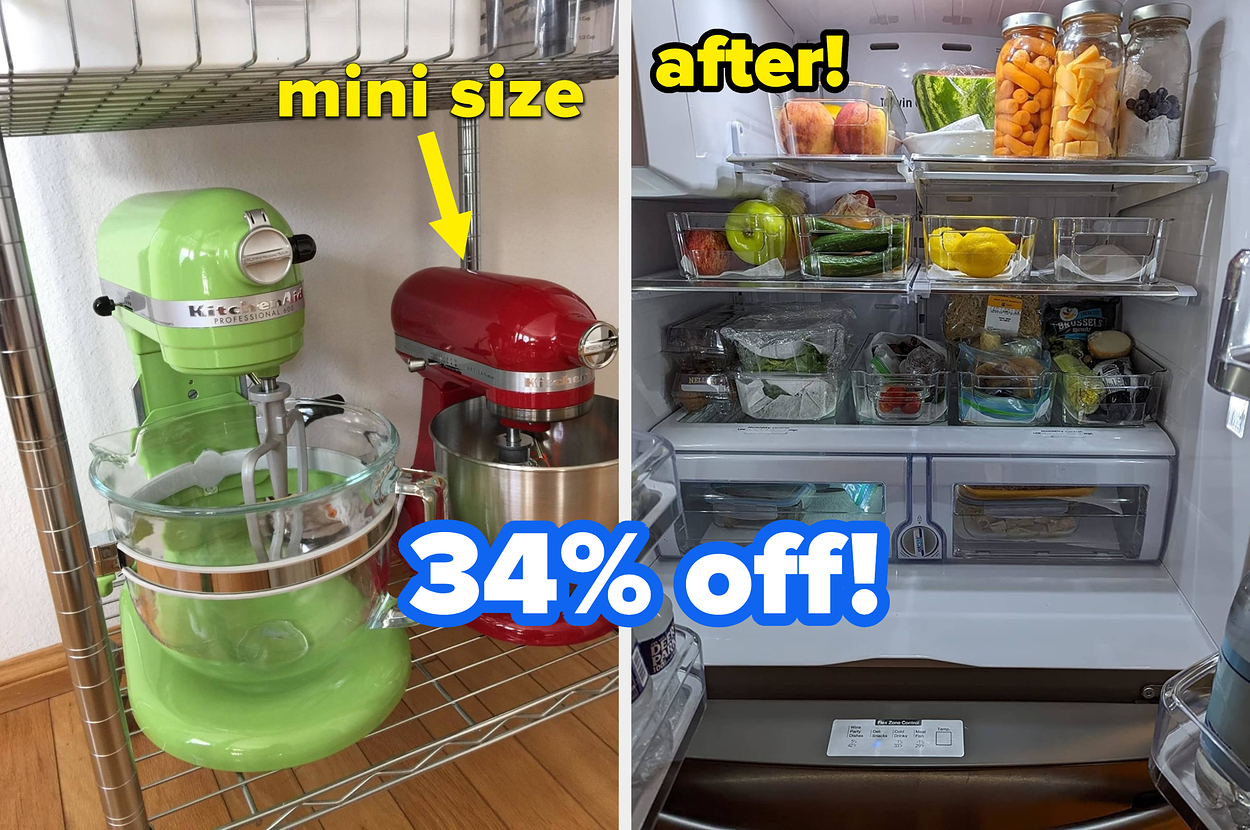With constant digital evolution, the sources of streaming data are rising, such as IoT, networked devices, online activities of various kinds, server log files, and so on. And with every industry becoming reliant on this data to unlock data-driven business insights, streaming processing systems power everything from real-time fraud detection, stock trading platforms, and sentiment analysis from social media feeds to multiplayer games and GPS tracking.
However, streaming data is generated at very high velocities by many data sources. Thus, it can be challenging to build robust stream processing solutions. This article describes how stream processing works and the fundamental building blocks of its architecture.
What Is Stream Processing?
Stream processing is a data management technology that processes data on the fly. It involves ingesting a continuous flow of incoming data and processing/transforming it as it arrives. Once processed, the results are delivered to a destination for immediate action and/or stored for later use.
How Does It Work?
Before we dive deeper into how stream processing works, let’s look at some standard stream processing terms, which include:
-
The continuously generated data is referred to as streaming data, which typically arrives at high velocities, in high volumes, and unbounded (a dataset that is theoretically infinite in size).
-
Events refer to any number of things in a digital system, such as application metrics, user activities on a website, financial transactions, or IoT sensor data.
-
In a typical stream processing application, events and data are generated by one or multiple publishers/sources (also called producers). The data is then enhanced, tested, and transformed if necessary.
-
Finally, the system sends the data to a subscriber/sink (also called a consumer). The publishers and subscribers are also commonly referred to as pub/sub. Common sources and sinks include Apache Kafka and big data repositories like Hadoop.
Note: It is essential to note that stream processing signifies the notion of real-time analytics but in relative terms. “Real time” could mean millionths of a second for an algorithmic stock trading app, billionths of a second for a physics researcher, or five minutes for a weather analytics app.
This notion points to how a stream processing engine packages bunches of data for different applications. It organizes data events arriving in short batches to present them to other applications as a continuous feed. Thus, it also simplifies the logic for developers who combine and recombine data from different sources from different time scales.
Components of a Stream Processing Architecture
A stream processing system is a framework of software components that provides a solution to handle most use cases, if not all. So architecturally, it can be a complex process to build such as system.
So what are the building blocks of a streaming architecture? Below we will discuss and review where and how each building block or component type fits in the overall architecture.
1. Stream Processor or Message Broker to Collect Data and Redistribute It
Stream processors or message brokers use API to fetch data from producers/sources. The processor converts the data into a standard messaging format and streams the output continuously to consumers.
It collects data streams from various sources, such as social media networks, clickstreams, in-game player activities, e-commerce purchases, and more. Moreover, data can arrive in different formats (unstructured or semi-structured formats, such as JSON).
The first generation of message brokers (such as Apache ActiveMQ and RabbitMQ) relied on the MOM (Message Oriented Middleware) paradigm. But later, hyper-performant messaging platforms called stream processors emerged and proved more suitable for a streaming paradigm. Popular stream processing tools today are Apache Kafka, Azure Event Hub, Amazon Kinesis Data Streams, and Google Cloud PubSub.
2. Stream Processing and Data Transformation Tools (ETL, ELT, Etc.) to Ready Data for Querying
After the message broker deposits data, stream processing or data transformation tools, transform, aggregate, and structure the data to ensure it is ready for analysis. The transformations can include- normalization, mapping relevant fields to columns, compacting, enrichment (combining data points with other data sources to create more context and meaning), partitioning, and more. The result may be an action, an alert, an API call, a visualization, or (in some cases) a new data stream.
3. Analytics and Query Engines to Extract Business Value
As soon as the data is prepared for consumption, it is analyzed to unlock value. There are various approaches to streaming data analytics, depending on the use case. Some examples of tools and techniques include query engines (Amazon Athena, Amazon Redshift), text search engines (Elasticsearch), and so on.
Furthermore, the processed data is often written to analytical data stores, where it is optimized for visualization and analytics. Or it is ingested directly into the analytics and reporting layer for analysis, BI (business intelligence), and real-time dashboard visualization.
4. Data Storage
It can include cost-effective storage (file and object storage) for high volumes and the multi-structured nature of streaming data. Or data stores are also used to store output data after processing for further use later.
For example, if you are storing your streaming data on Snowflake, it also lets you perform real-time analytics with dashboards and BI tools. These data stores can also act as flexible integration points as tools outside the streaming ecosystem can access the data. Moreover, with the advent of low-cost storage technologies such as Amazon S3, most organizations today store their streaming event data or archive it.
Stateless vs. Stateful Stream Processing
Stream processing can be stateful or stateless. In stateless stream processing, the current data/events are processed independently of previous ones. The data is evaluated as it arrives without consideration for the prior state or knowledge.
On the contrary, stateful stream processing is concerned with the overall state of data. It means that past and current events share a state. So the context of preceding events helps shape the processing of current events.
For instance, stateless processing applies when you need a real-time feed of the temperature of an industrial machine without concern for how it changes. But a stateful stream processing system is ideal if you want to forecast future temperature based on how it has changed over time.
Conclusion
It can be challenging to build a stream processing system that is fast, scalable, secure, and reliable. Moreover, numerous modern and flexible tools and managed services are available on the market today. We hope this article helped you understand the vital components and considerations for choosing the right technologies to develop an efficient stream processing engine.
Source link







Leave a Reply